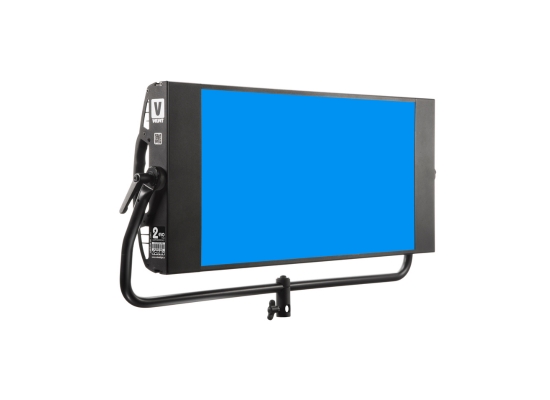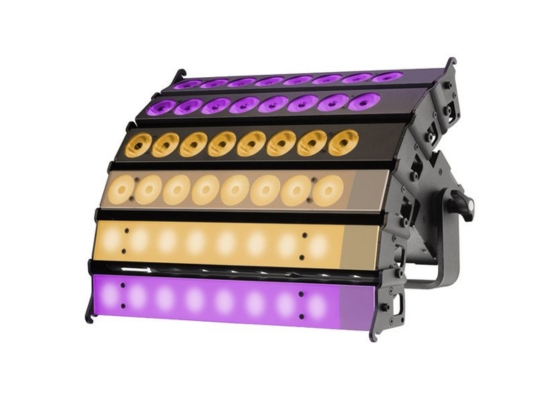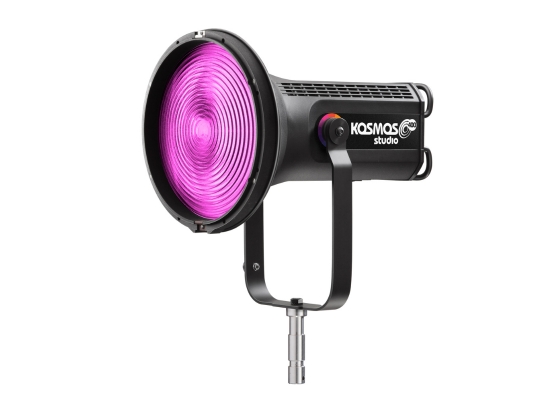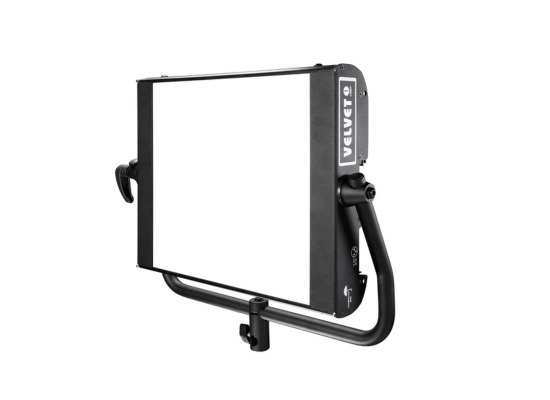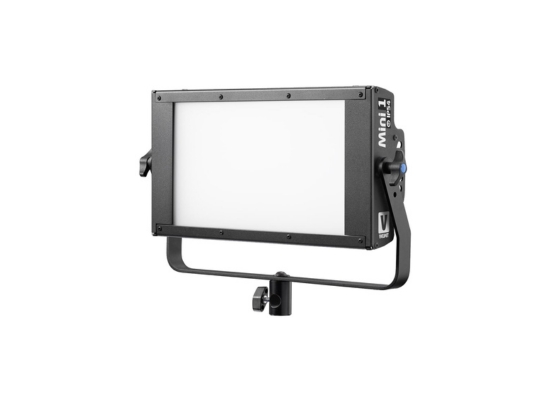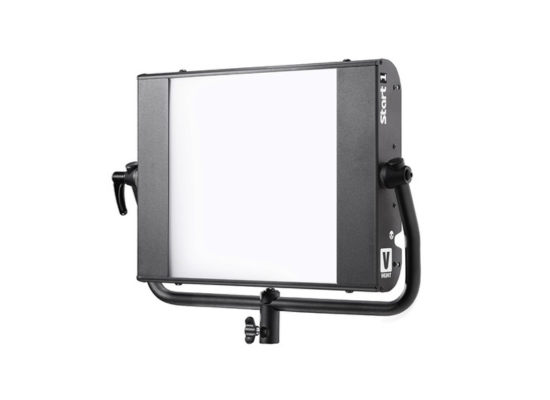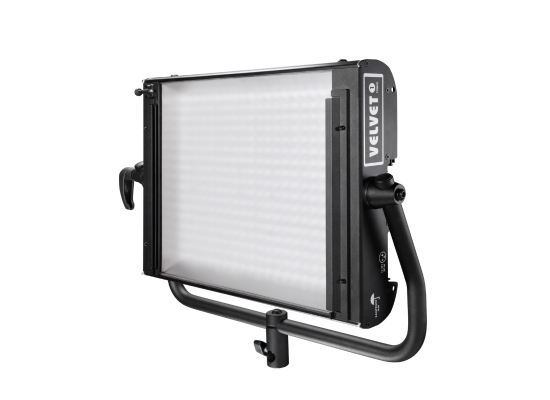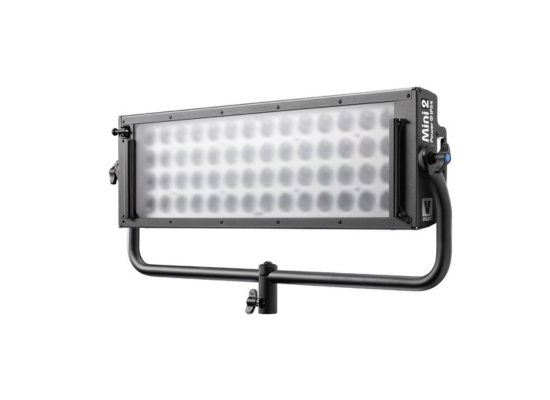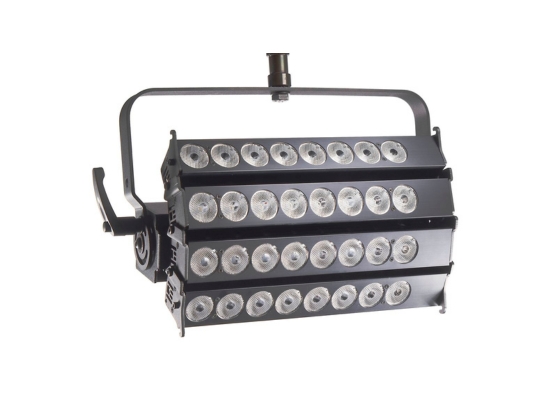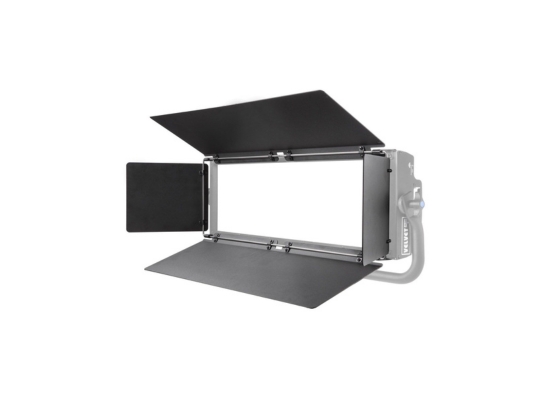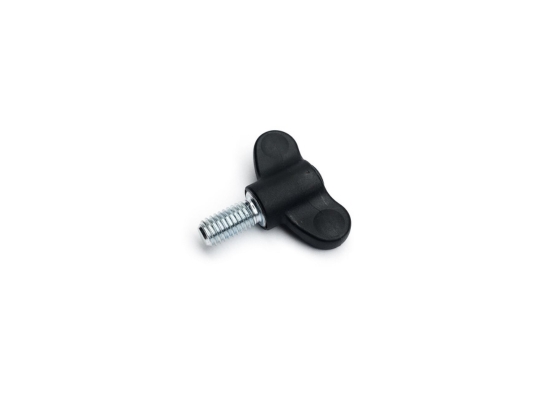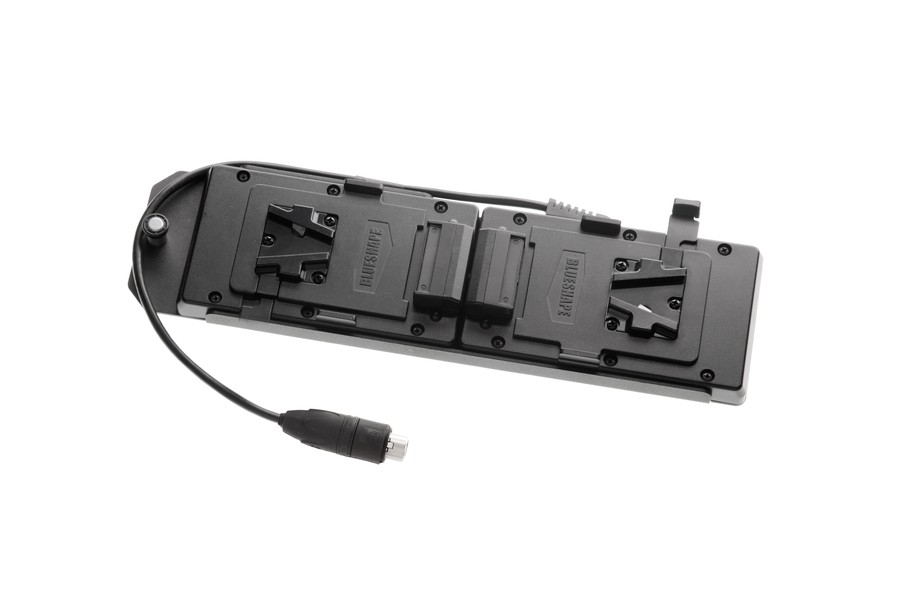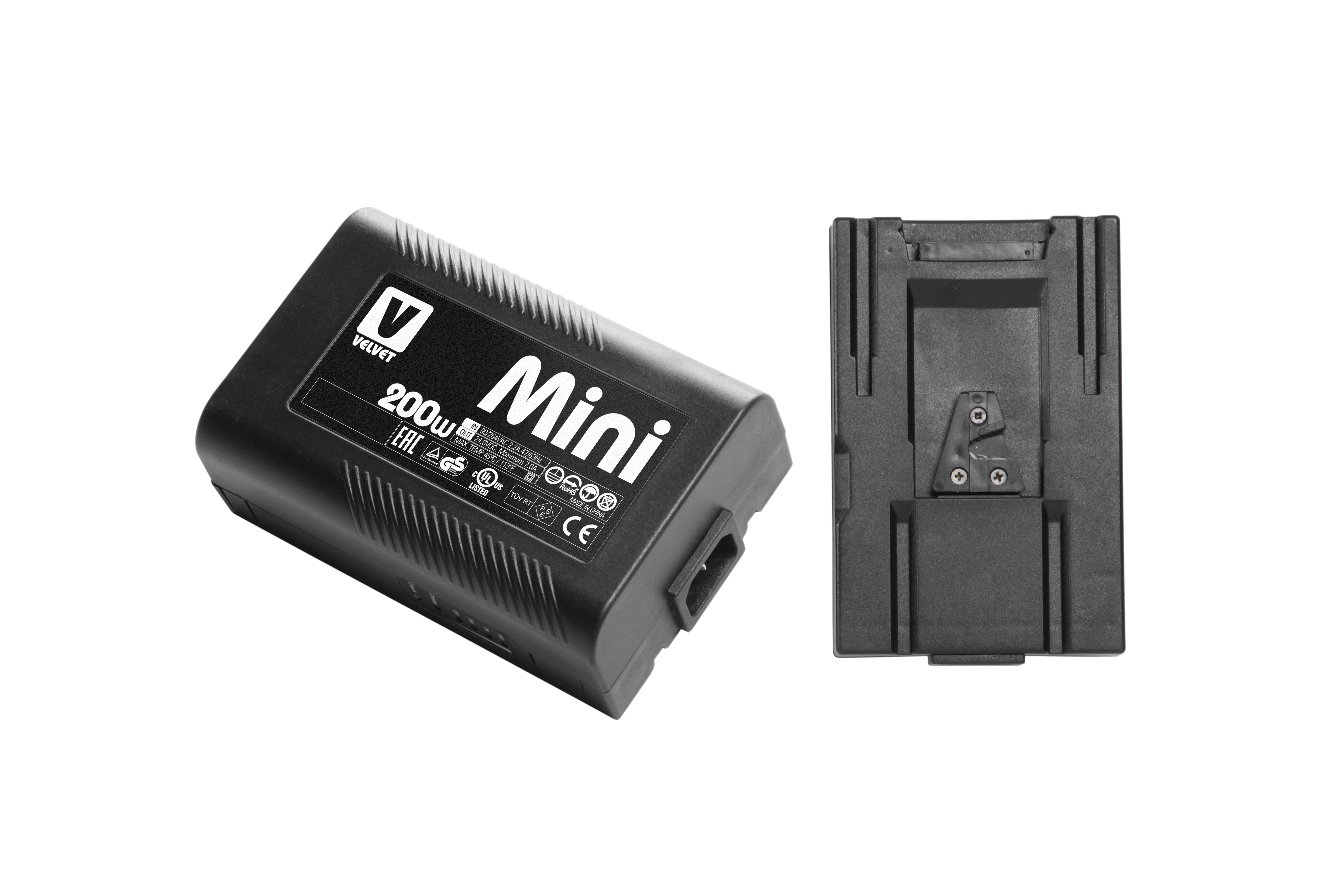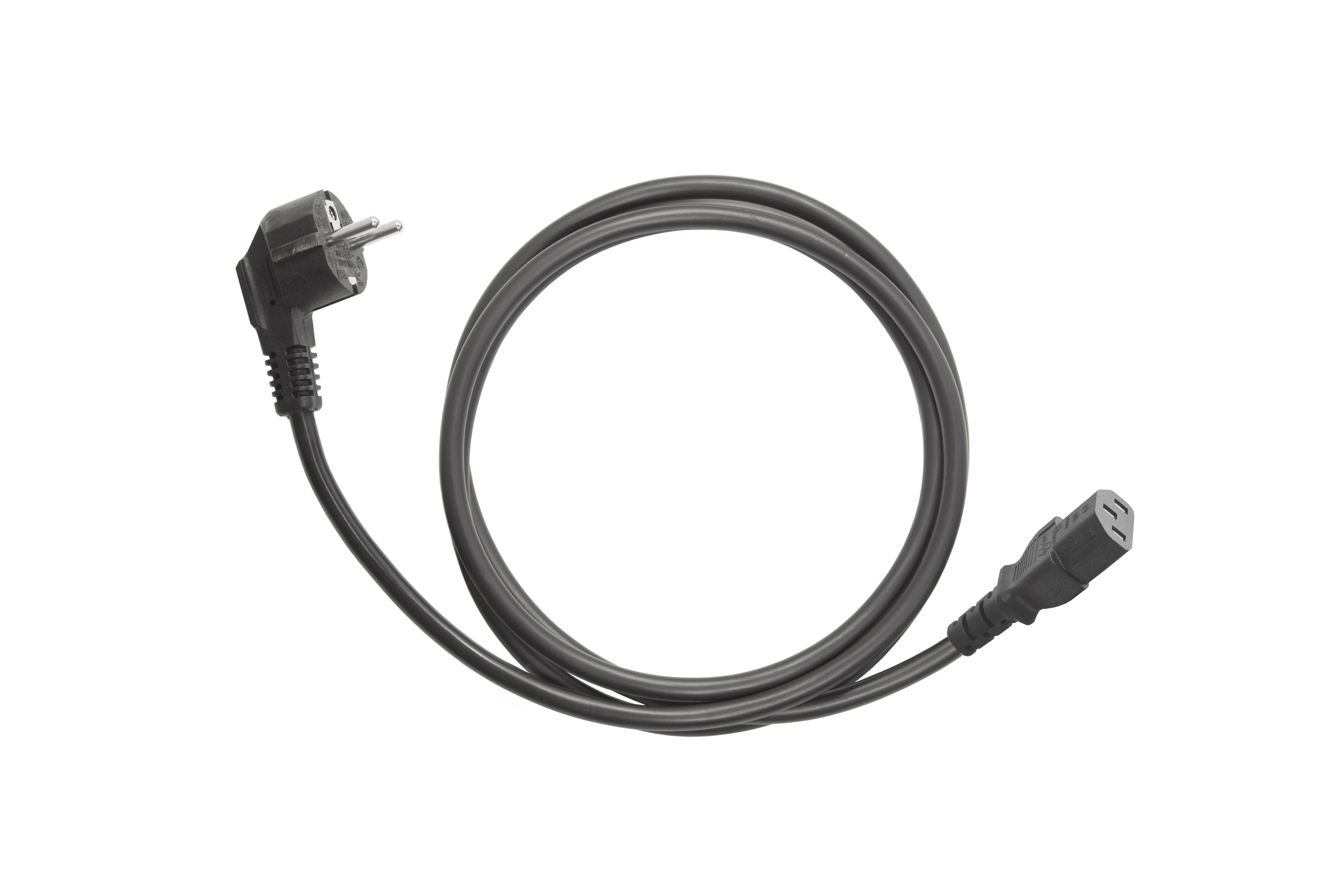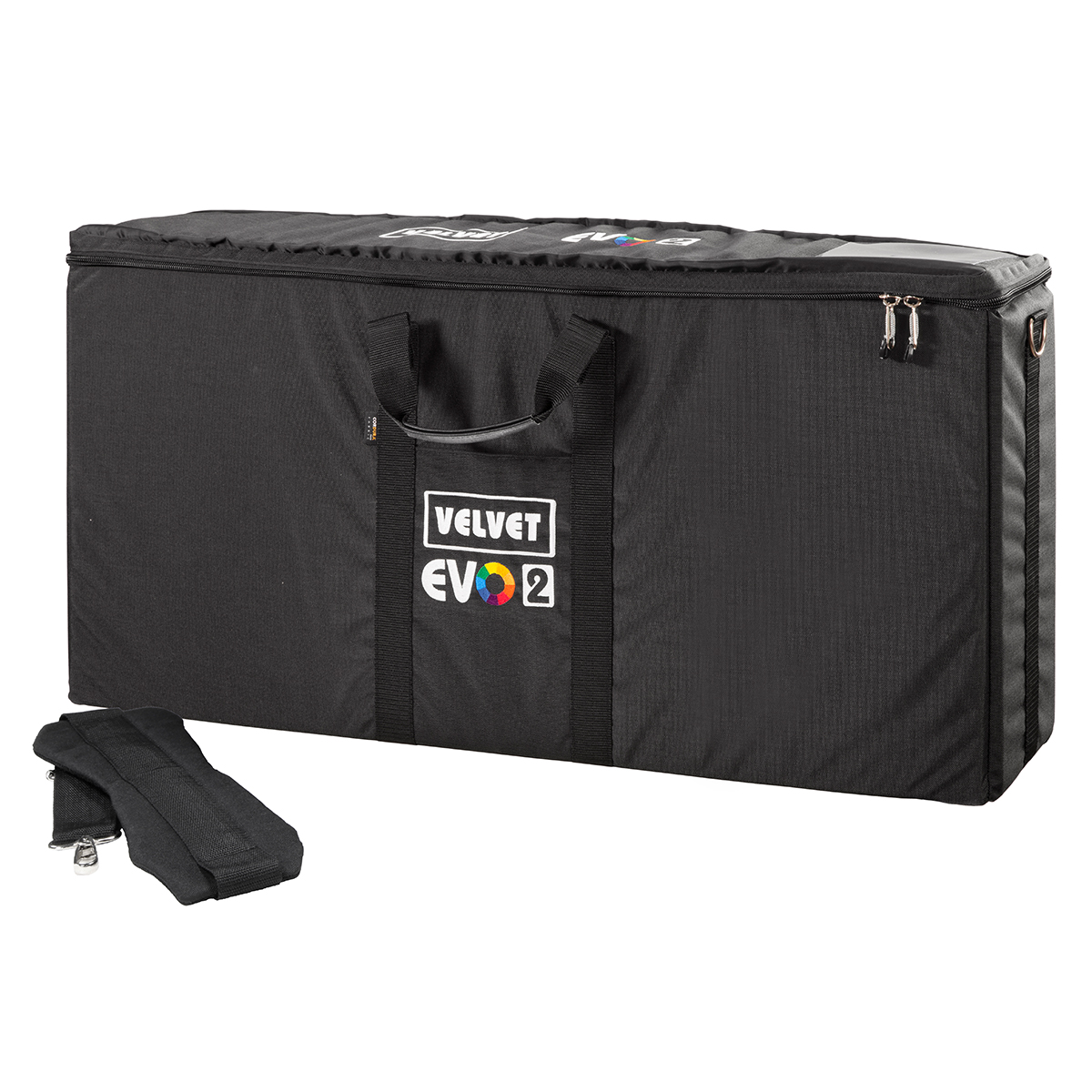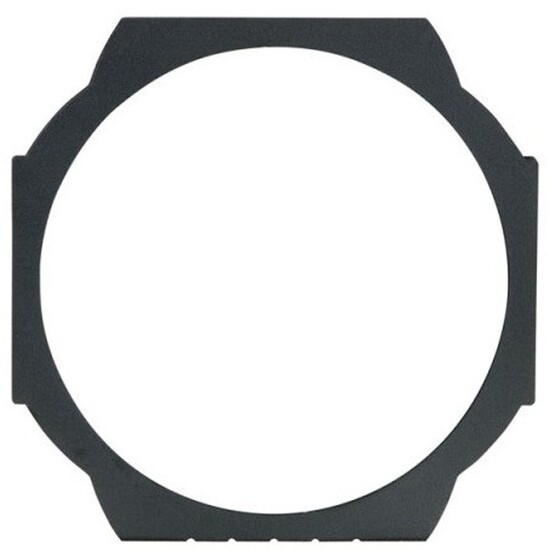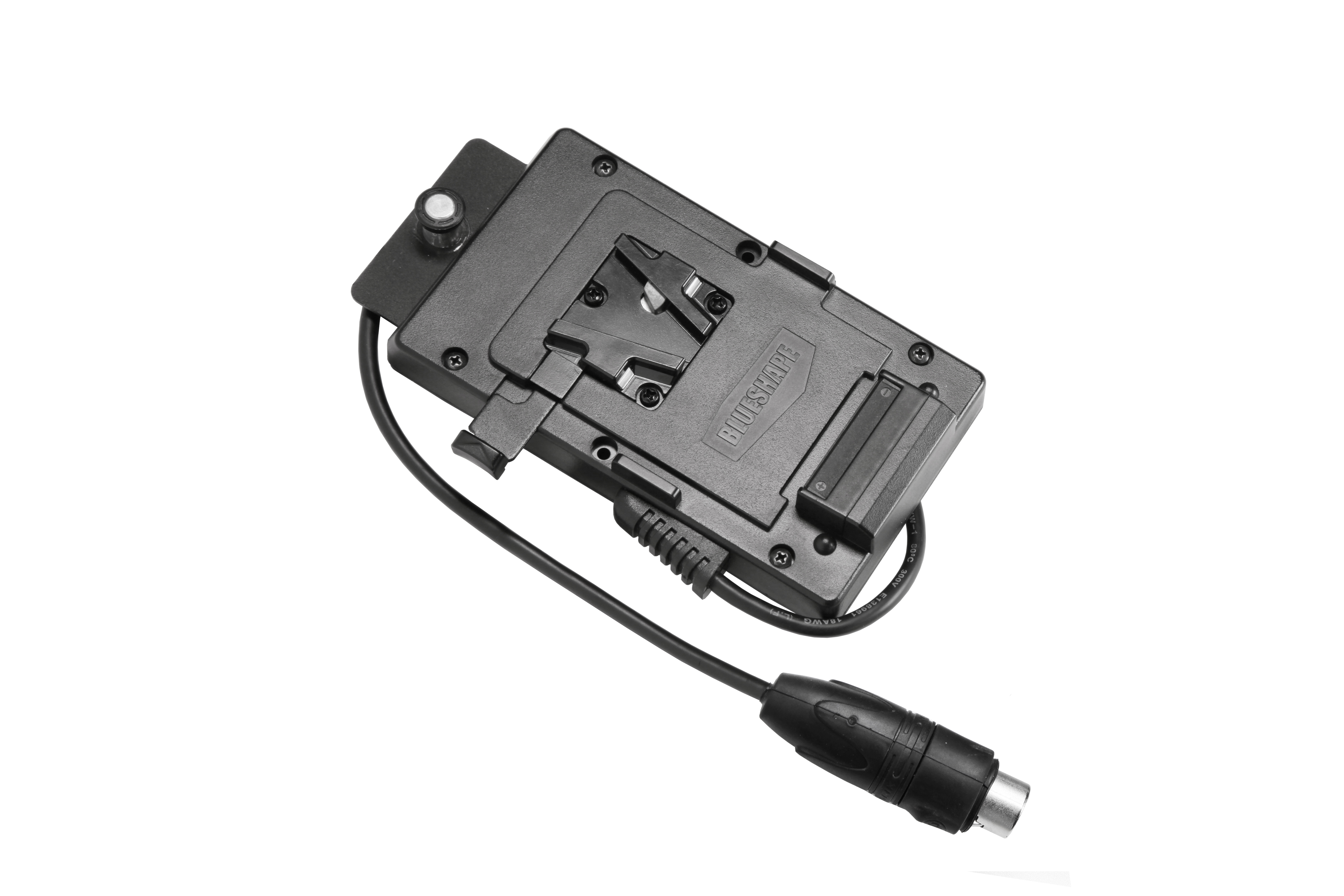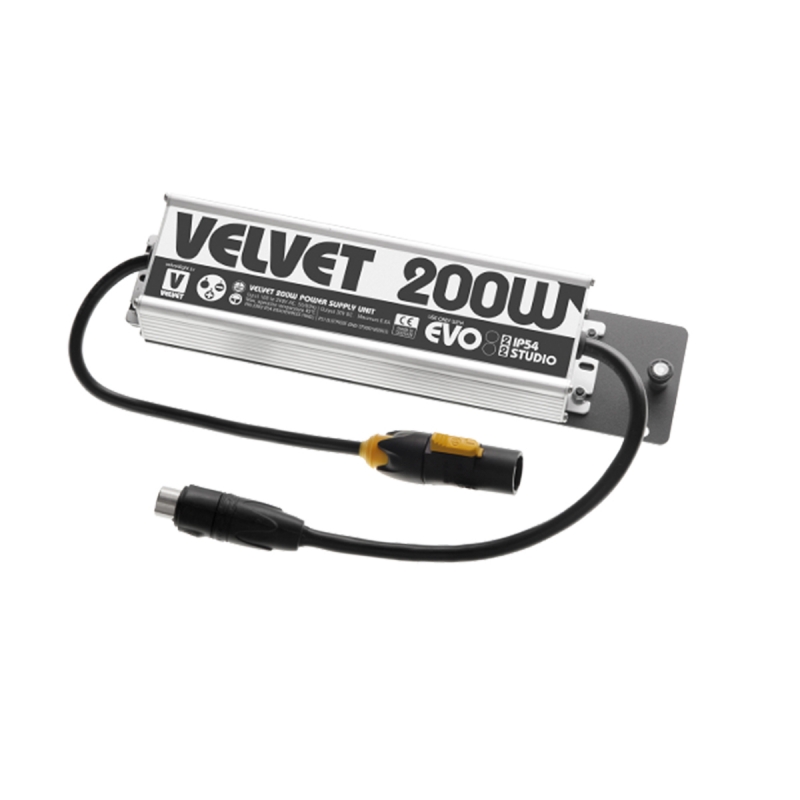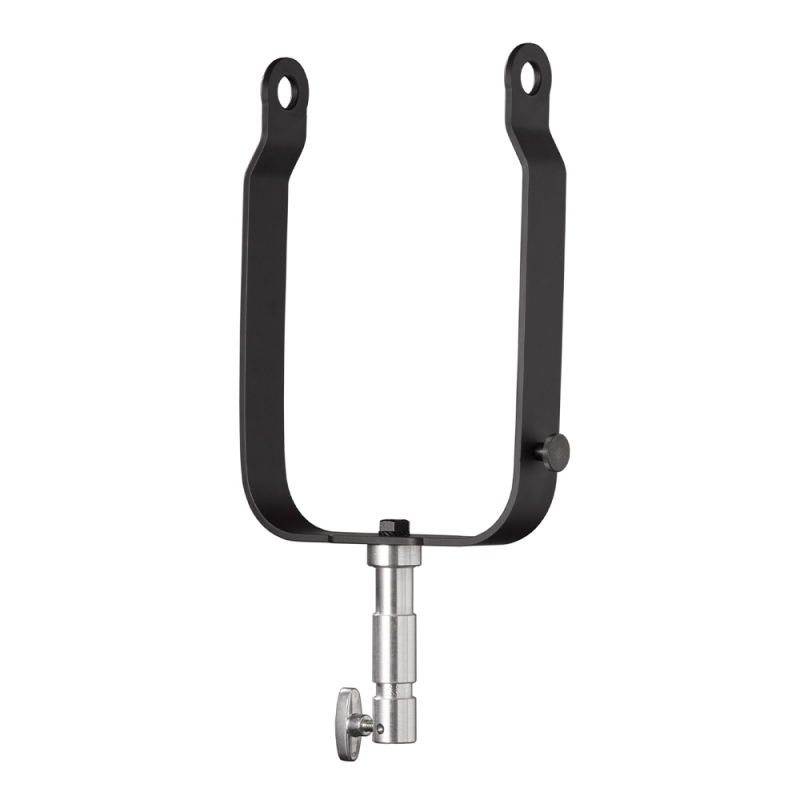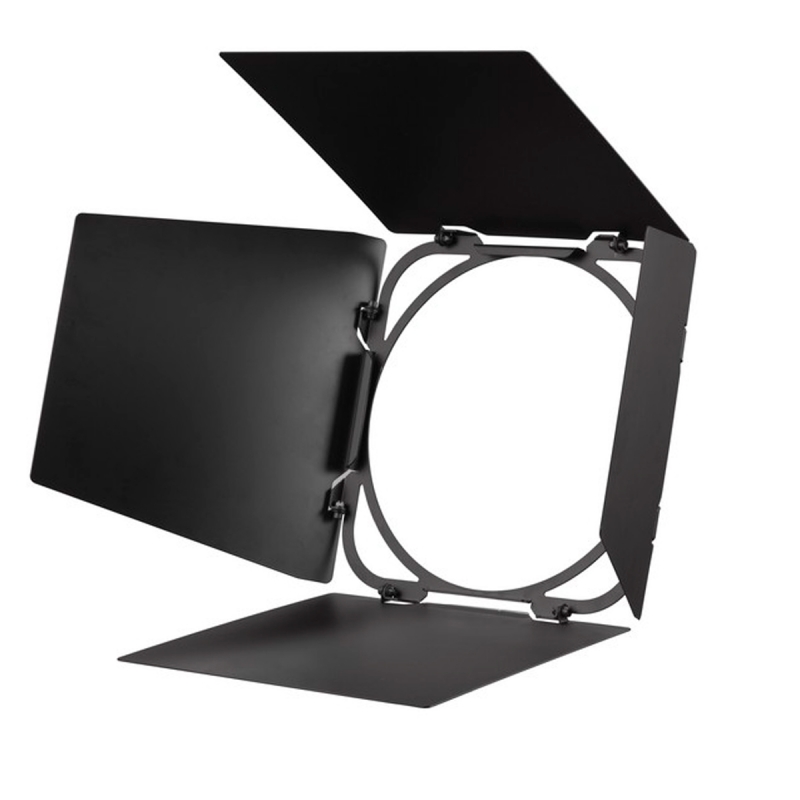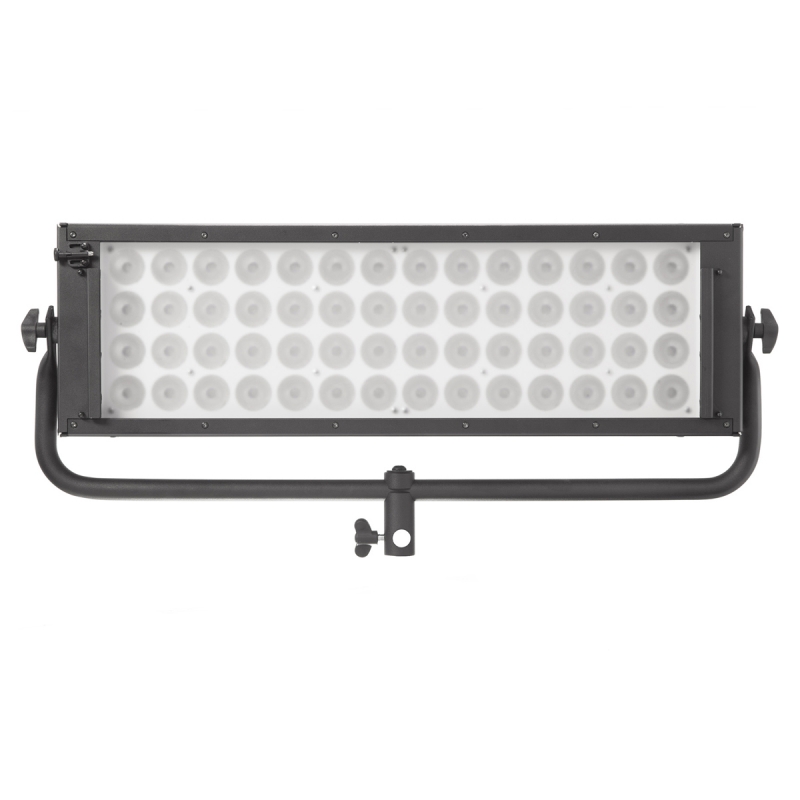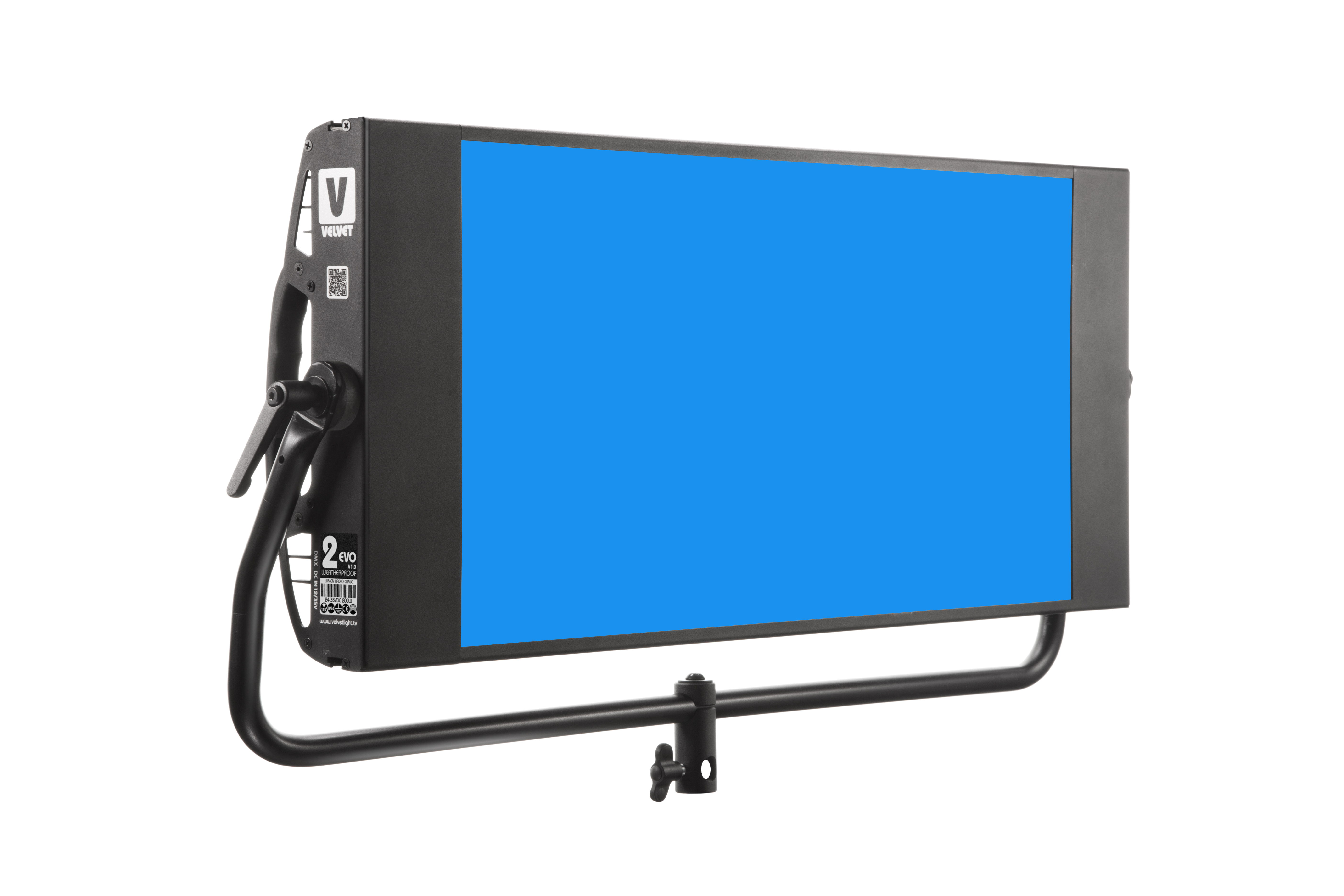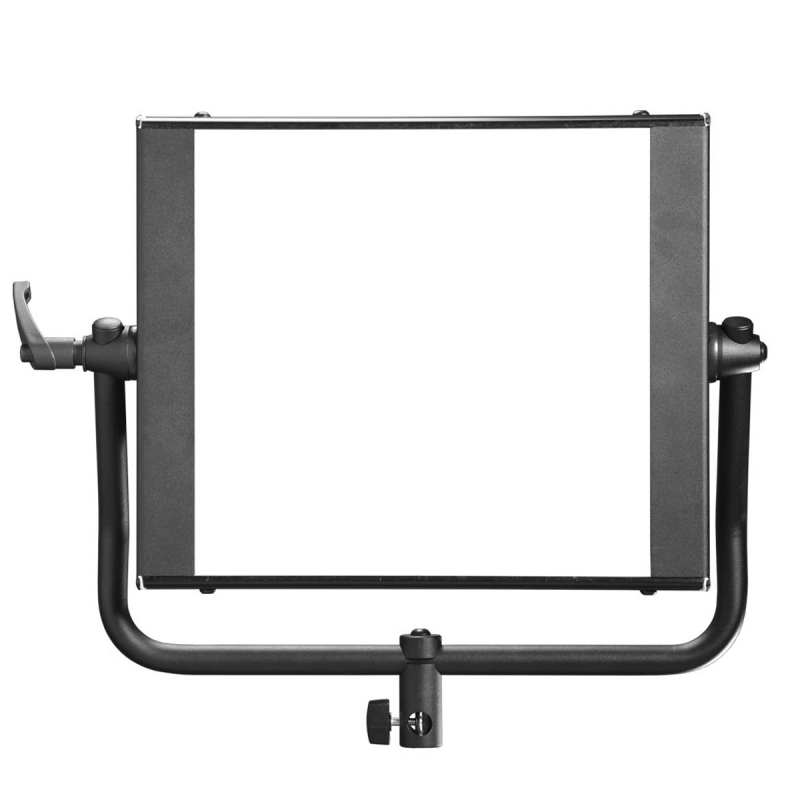The unique all-in-one Light
VELVET
VELVET's history began in 2008 when two experienced cameramen decided to create the lighting they had dreamed of during their film training: rugged, autonomous, versatile, and lightweight lights that allow for nearly instantaneous color temperature changes and white balance adjustments for green and magenta tones.
They developed a new LED-based lighting technology. Their invention, the innovative articulated LED panels, was introduced during their travels around the world. From this adventure, they soon launched the now globally renowned VELVET panels, known for their soft, natural light texture, ease of use, and unique weatherproof protection for outdoor shoots, becoming icons in the industry.
Productions like "Ben-Hur," "Mission Impossible," "Star Wars Episode VII," "Trainspotting 2," "James Bond Spectre," "A Monster Calls," and "Narcos" are just a few of the films in which VELVET LED panels were used.
Ten years later, VELVET’s story continues to develop new lighting solutions, and from the close collaboration between cameramen and VELVET's research and development team, the new EVO series, with a wealth of velvet-like colors, was born.
Today, as LED technology is no longer considered a crazy idea, VELVET continues to dream of providing cameramen and -women with increasingly natural and versatile lights. Additionally, VELVET simplifies the work of film crews with lighter, more efficient, and more durable lights, wherever they are needed. Are these just dreamings?
Certainly not, as VELVET continues its mission "to infinity and beyond."
Each VELVET product is crafted from a highly meticulous selection of the finest LEDs with precise binning. Each LED is electronically monitored to blend its flux in correct proportion to the neighboring LEDs, achieving a spectrum of color temperatures with accurate color rendering. VELVET's advanced passive cooling technology maintains the LEDs at their optimal temperature, allowing them to operate completely silently for over 50,000 hours without the need for fan maintenance.
In accordance with the current international standards of CIE 13.3-1995 for measuring the Color Rendering Index and chromatic coordinates (x,y CIE-1931), a colorimetric calibration is performed. This process adjusts the contribution of each LED at every color temperature, ensuring that the produced light color precisely matches that of incandescent and daylight, while being perfectly adjustable from 2700K to 6500K.

